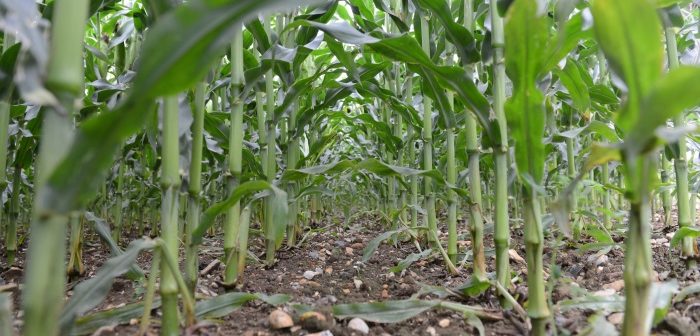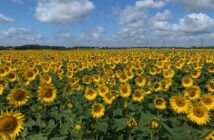The British Society of Plant Breeder’s 2021 Forage Maize Descriptive Lists (DL) has added six new first-choice varieties highlighting continued breeding progress in yield and quality.
The 2021 Descriptive Lists provide a range of varieties for growers to select from, with parameters including dry matter yield, starch, ME and digestibility, in relation to favourable or less favourable growing conditions within the suitable maturity range for the farm location. Diversity allows selection of varieties that best suit the needs of the varied requirements of growers across the country.
The six new varieties are Resolute, Conclusion and Trooper from Limagrain, Farmunox from DSV, Ability from DLF and KWS Artikus from KWS are all new entrants onto the Favourable Sites DL.
The Less Favourable DL, aimed at ‘marginal’ growing conditions, sees the addition of five new varieties – Resolute, Farmunox, Ability, Conclusion and Trooper.
Favourable sites
Commenting on the new varieties NIAB forage crop specialist Ellie Sweetman highlights the continued improvement of forage quality achieved for growers in all conditions and locations.
Ms Sweetman said: “On the Favourable Sites List, KWS Artikus is the earliest maturing of the new first choice additions with an average 36.2% dry matter content at harvest across the trial sites. It also has the highest starch on the list at 35.4%. Farmunox is the latest maturing of the new varieties but still achieves 31.2% DM. Resolute is at the top of the List with an excellent dry matter yield of 19.0 t DM/ha and good cell wall digestibility at 60.6% at 32.5% dry matter.”
“With increasingly prolonged periods of both dry and wet weather during the growing season, the importance of a range of forage sources has become even more pertinent. Using the Descriptive Lists to identify high ME, digestible maize varieties with good starch content that grow well in your location and conditions can help ensure forage use is optimised with efficient conversion into meat and milk that meets demands of processors.
“Higher cell wall digestibility can help support butterfat levels in dairy cows, whereas higher starch can reduce the need for more expensive concentrate feeds for both dairy and beef producers.”
Very Favourable sites
Three years of trial data has also allowed the creation of a standalone, ‘Very Favourable’ Descriptive List. Some of these varieties are also found on the Favourable and Less Favourable Forage Maize DLs but others, including some later maturing varieties, are unique to this new List.
Varieties on the Very Favourable DL may be suitable for producers growing to maximise yield as a feedstock for anaerobic digesters where sites have a long growing season and very favourable conditions. It is important to note however, on other sites, varieties from the Favourable or Less Favourable Lists may be better suited to the growing conditions.
The BSPB 2021 Forage Maize Descriptive Lists are available to download from the BSPB and NIAB websites.




